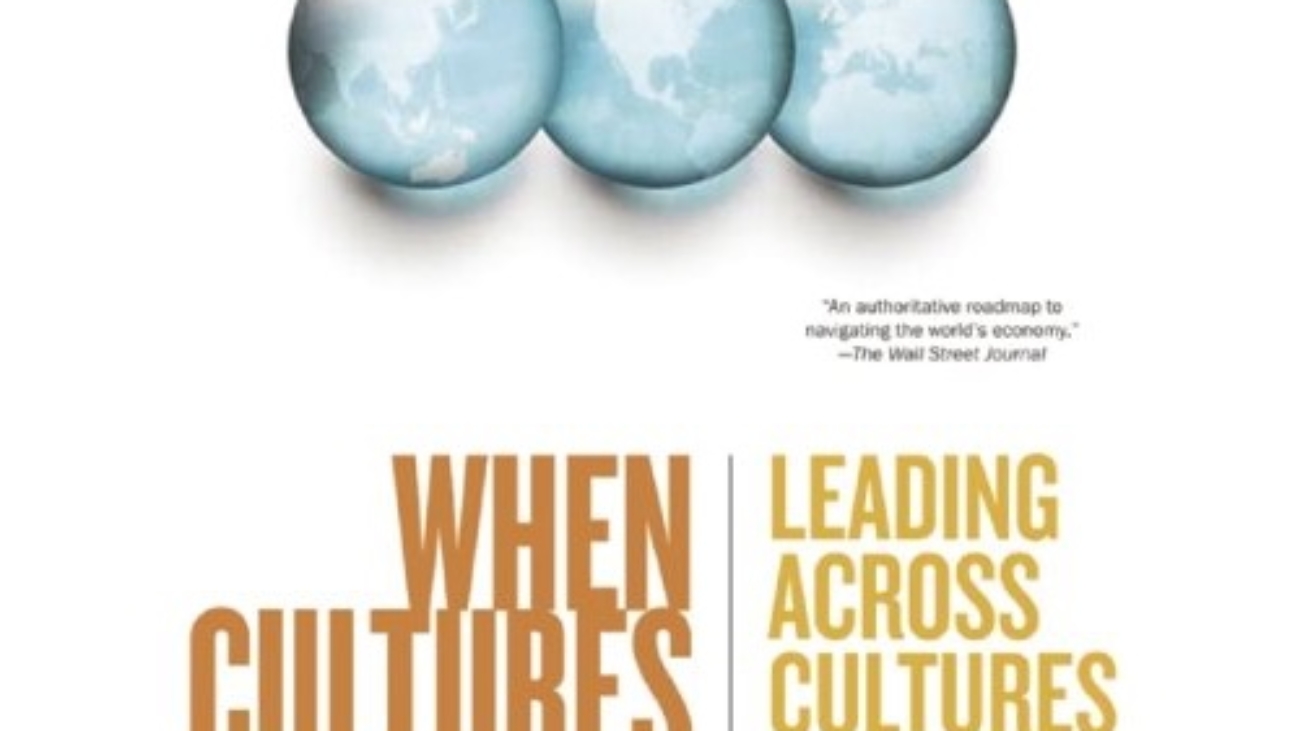You can’t expect negotiations with French to be like negotations with Americans, and the same holds true for cultures around the world.
British linguist Richard D. Lewis charted communication patterns as well as leadership styles and cultural identities in his book, “When Cultures Collide,” now in a 2005 third edition. His organization offers classes in cross-cultural communication for big clients ranging from Unilever to BMW.
In support of cultural studies, he writes: “By focusing on the cultural roots of national behavior, both in society and business, we can foresee and calculate with a surprising degree of accuracy how others will react to our plans for them, and we can make certain assumptions as to how they will approach us. A working knowledge of the basic traits of other cultures (as well as our own) will minimize unpleasant surprises (culture shock), give us insights in advance, and enable us to interact successfully with nationalities with whom we previously had difficulty.”
Although cultural generalizations can be overly reductive, Lewis, who speaks ten languages, insists it can be done fairly, writing: “Determining national characteristics is treading a minefield of inaccurate assessment and surprising exception. There is, however, such a thing as a national norm.”
When meeting with French, be prepared for a vigorous logical debate.
When meeting with Americans, expect them to lay all their cards on the table, get upset when there’s a disagreement, and resolve as fast as possible with one or both sides making concessions.
Canadians, compared to Americans, tend to be more low-key and inclined to seek harmony, though they are similarly direct.
English tend to avoid confrontation in an understated, mannered, and humorous style that can be powerful or inefficient.
Germans rely on logic but “tend to amass more evidence and labor their points more than either the British or the French.”
Spanish and Italians “regard their languages as instruments of eloquence and they will go up and down the scale at will, pulling out every stop if need be to achieve greater expressiveness.”
The Nordic countries often have entrenched opinions that they have formulated “in the long dark nights,” though they are reasonable conversationalists. Swedes often have the most wide-ranging discussions, Finns tend to value concision, and most Norwegians fall somewhere in between.
Swiss tend to be straightforward and unaggressive negotiators, who obtain concessions by expressing confidence in the quality and value of their goods and services.
Hungarians value eloquence over logic and are unafraid to talk over each other.
Bulgarians may take a circuitous approach to negotiations before seeking a mutually beneficial resolution, which will often be screwed up by bureaucracy.
Poles often have a communication style that is “enigmatic, ranging from a matter-of-fact pragmatic style to a wordy, sentimental, romantic approach to any given subject.”
The Dutch are focused on facts and figures but “are also great talkers and rarely make final decisions without a long ‘Dutch’ debate, sometimes approaching the danger zone of overanalysis.”
Chinese tend to be more direct than the Japanese and some other East Asians; however, meetings are principally for information gathering, with the real decisions made elsewhere. Hong Kongers negotiate much more briskly to achieve quick results.
Indian English “excels in ambiguity, and such things as truth and appearances are often subject to negotiation.”
Australians tend to have a loose and frank conversational style.
Singaporeans generally take time to build a relationship, after which they can be shrewd negotiators.
Koreans tend to be energetic conversationalists who seek to close deals quickly, occasionally stretching the truth.
Indonesians tend to be very deferential conversationalists, sometimes to the point of ambiguity.
Israelis tend to proceed logically on most issues but emotionally on some.
These differences in attitude and approach can be so important, not just in deal-making and negotiation, but in all interactions – face to face and on social networks.



